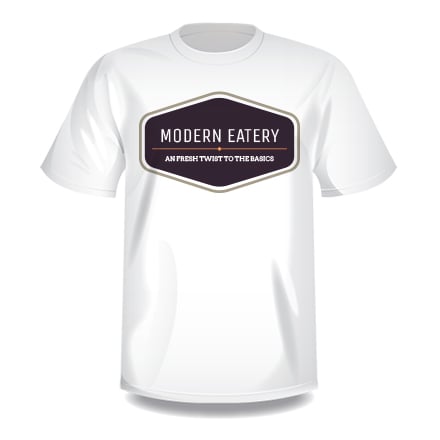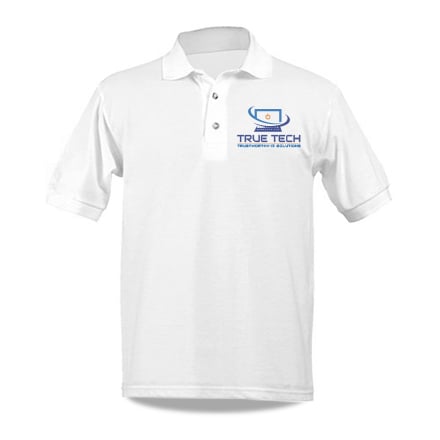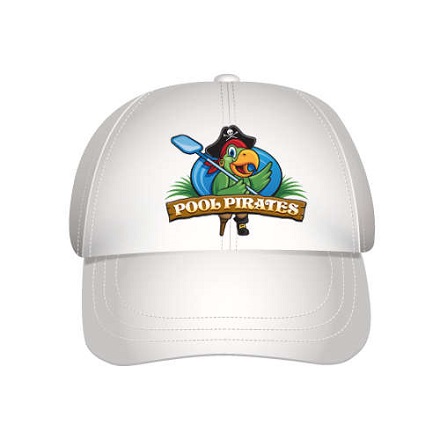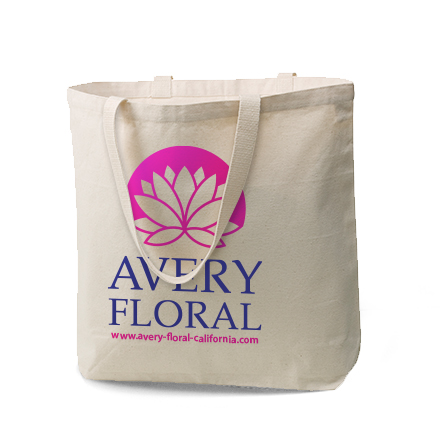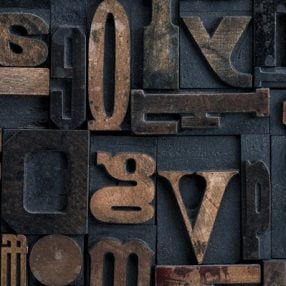The majority of shoppers will make purchasing decisions based on the brand name or logo on an item. Companies spend billions of dollars protecting and marketing their genuine brand image to ensure customers know that they are getting the real thing — not a counterfeit. Unfortunately, the counterfeit market is thriving thanks to improved copycat production techniques.
How Counterfeit Items Can Hurt Your Business
Aside from stealing your brand’s identity and therefore your revenue from customers, there are a number of ways counterfeit items can impede your business. In the last 20 years, counterfeit items caused the loss of 2.5 million jobs across the world. Whenever a counterfeit item is purchased (whether knowingly or unknowingly), one less authentic product is sold. Eventually, the decrease in authentic product purchases affects the business, resulting in layoff due to too much supply and too little demand.
At the moment, nearly 7% of the world’s trade is counterfeit goods. While it is usually global high-end fashion brands that have to be careful of counterfeit items, small business owners with a well-designed business logo and high-quality products or services will need to keep a watchful eye on their branding. Counterfeit items can cause purchasing confusion for customers. Even though they may have good intentions to seek out the authentic product, counterfeits have become increasingly similar in appearance to the real thing. An estimated 34% of consumers are certain that they have never purchased a counterfeit item before — but how accurate is this statement?
In order to be certain counterfeit items aren’t being purchased, there are a few ways to tell a genuine product from a fake.
10 Ways to Spot Counterfeit Goods
- Stitching. When a product is authentic, the stitching will appear much cleaner than is duped counterparts. The stitching on authentic items will be straight and contain more stitches per square inch. Fake items will have less stitching (more materials = more cost) and the lines won’t be nearly as straight.
- Fastenings. Be wary of zippers and pulls on designer bags and jackets. The fastenings on counterfeit items tend to be glossy, lightweight, and will often chip or peel after excessive use. Authentic brands will use a matte finish to their zippers and pulls. When used, the fastenings should feel heavy and zippers should be easy to use.
- Logo. Probably the easiest way to spot a counterfeit item is by looking at the logo design. The logo on designer brands should look perfect; there should be no details missing from the company name or logo icon. Fake items may not even have a logo and will instead try to trick consumers based on the color and shape of the product. Many high-end brands will have a metal logo or leather logo, while some will often stamp their logo onto the product.
- Buttons. If you’re about to purchase a peacoat or button down, check the buttons if you’re unsure the item is real or fake. Genuine brand buttons will have the company name engraved, while counterfeits will use a cheap and light plastic that’s unlabeled. The buttons should also be sewn on securely when it’s an authentic item.
- Leather. One of the easiest ways to spot a counterfeit item is by determining whether or not it is made from real leather. When picking up the item, run your hand over the surface. If the surface of the item feels smooth and even, then chances are the product is a fake. Real leather will have a slightly uneven texture. The smell of real leather will also be prominent if the item is new. Finally, look at the material; is the material shiny? If so, then this is probably a fake designer product as real leather does not have a glossy finish.
- Spelling. While many imposters have stepped up their game when creating counterfeit items, sometimes there can be spelling errors on the fake products. When looking at the logo, be sure that the brand name is spelled correctly. Don’t forget to check tags to see whether or not the spelling is correct there.
- Fabric. If the item isn’t made of leather, then be sure to assess the type of fabric used. The fabric of authentic items should feel weighted and of finer quality. The fabric should not have pulls or rips in it, nor should the color fade or bleed. Oftentimes designer brands will include their logo design on the interior fabric, so be sure to check for this small detail.
- Packaging. Have you ever purchased Beats headphones, anything from Apple, or a Coach bag? The one thing each of these items has in common is high-quality packaging. The packaging of authentic items (an important branding element) should be of sturdy material and the item should fit perfectly inside the casing. Companies spend millions on their packaging to ensure that the product is safe and secure. Look for branded cloth drawstring bags and branded tissue paper — counterfeit items will not have these details included.
- Prices. If a price on a designer item is too good to be true, then chances are it’s a fake. You may need to do some additional research here and go online to see whether or not the company is having a sale on that particular item. Most designer brands will not heavily discount their products, so if you see one at nearly 75% off the original price, be wary. Also look at price tags; does the tag have the brand logo printed on it? Does the price tag look too generic? If so, then the product is most likely counterfeit.
- Supplementary Materials. Always confirm that there are supplementary materials included within the packaging. Tech products such as laptops, headphones, speakers, and even kitchen gadgets will all have the proper owner’s manual and instructions included. Check that all of the pieces to the product are included in the box as oftentimes this is not the case. Check for batteries (if stated that they are included), remotes, attachments, and warranty information.
How To Prevent Your Products From Being Illegally Duplicated
Unfortunately, it can be very difficult to prevent your goods from being sold as counterfeit items. The best way to combat counterfeit items is by branding all of your goods with your business logo or company name. Make sure that you design a logo that is unique to your company. You can make a logo with a free online logo maker or by enlisting in the help of a logo designer, just make sure that it does not too closely resemble someone else’s logo. Authentic branded items are one of the best ways to win loyal customers, and a business logo is the strongest indicator that your products are the real deal.


